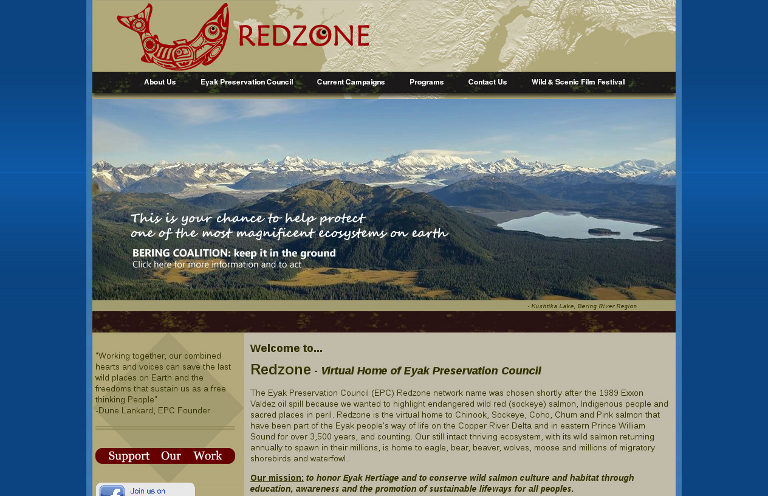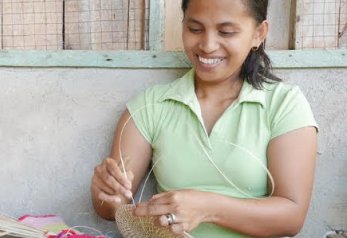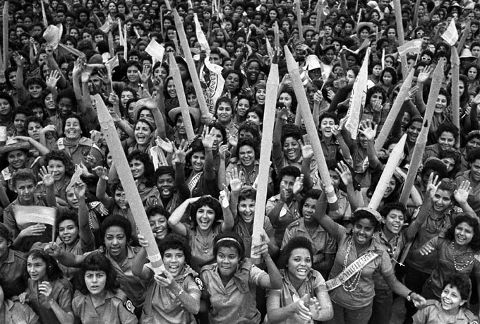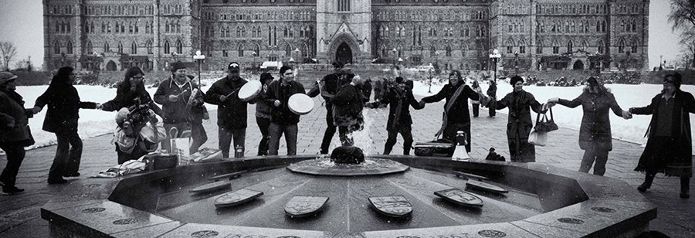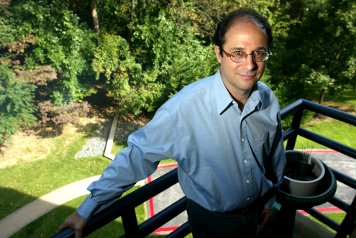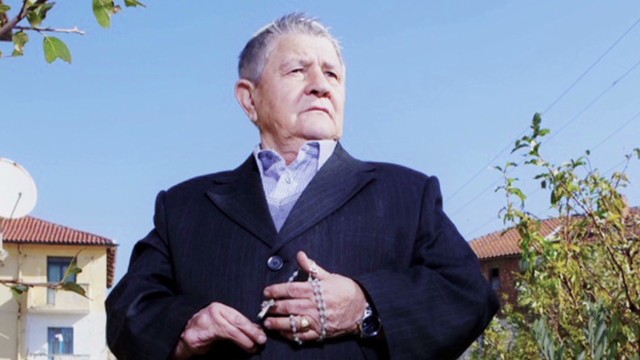In March 1989 the Exxon Valdez ran aground, spilling over thirty million gallons of crude oil and destroying 3,200 miles of shoreline. The Prince William Sound is still not clean and has not fully recovered. Exposure to toxic chemicals caused chronic and fatal health problems for thousands of people. Dune Lankard’s idea is focused on conserving precious ecosystems by restoring Native control over land and developing new economic incentives for conservation. These tools include: payments which offset the economic benefits of clear cutting and strip mining; local philanthropic models; and coalitions that bring together local and national support for a new look at conservation.
Among the organizations under the umbrella of his Cultural Conservation Initiative (CCI) are the Native Conservancy Land Trust (NCLT), the Eyak Preservation Council (EPC), and the Fund for Indigenous Rights and the Environment (FIRE Fund). Initially focused on his own Eyak tribe, Dune Lankard is now working to educate and engage younger generations and indigenous people outside Alaska. His solutions are implemented through an integrated web of organizations and coalitions that address the legal, political, environmental, and financial angles of the problem. For thousands of years Native Alaskans have relied on their traditional knowledge of the sea, ice, land, and animals to thrive in the harsh environment. The plentiful natural resources of Alaska could and should provide for these communities. By convincing Native communities and policymakers that it is in their long-term economic interest to preserve renewable sources of food, energy and water, this initiative is helping indigenous peoples protect some of the world’s last wild places with strategies that are environmentally, culturally and economically sound.
Web site: http://www.redzone.org/

